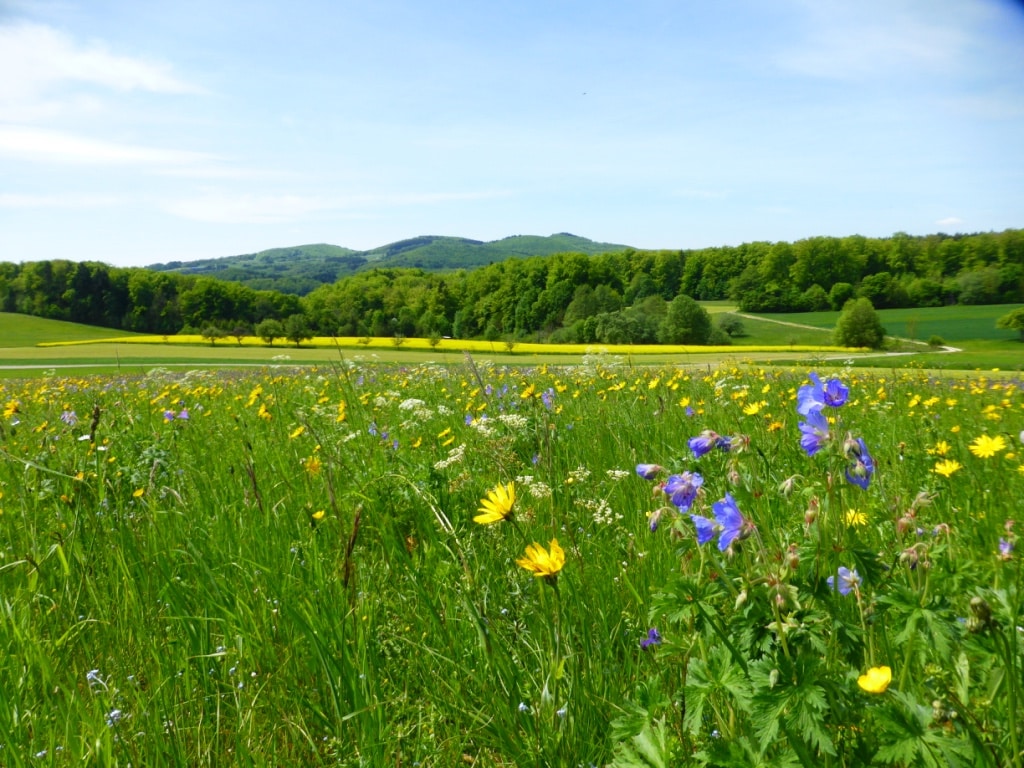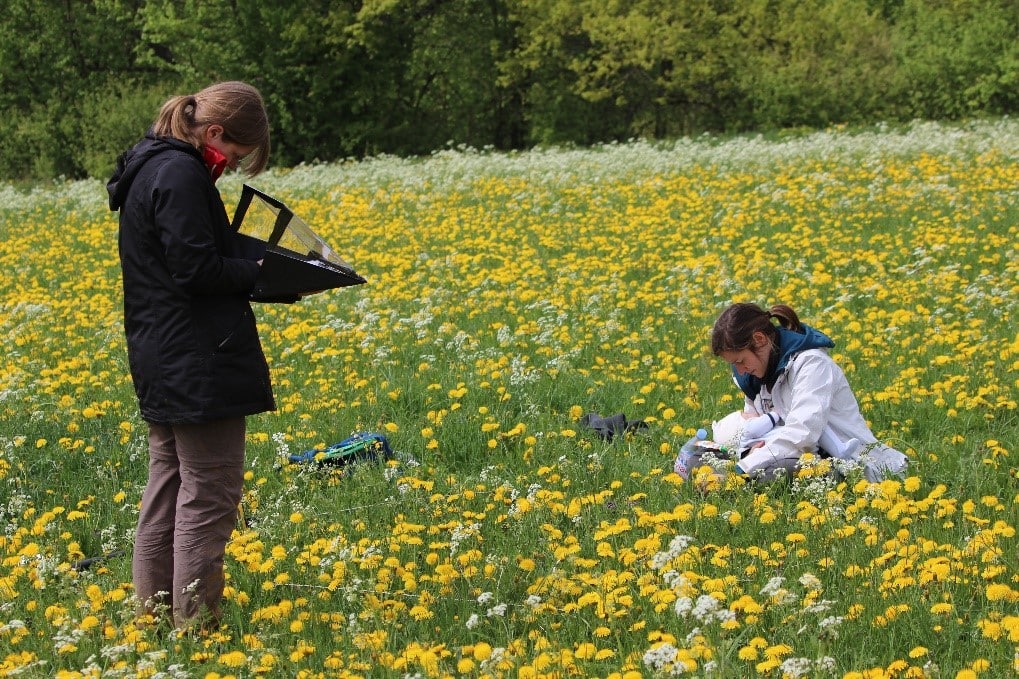Impacts of the surrounding multitrophic biodiversity on ecosystem multifunctionality

Biodiversity-Ecosystem Function (BEF) research has provided substantial evidence that plot-scale plant diversity can affect multiple ecosystem functions. However, the impact of large-scale multitrophic biodiversity change on ecosystem services remains poorly understood.
The Multi-BEF project aims to investigate how the surrounding biodiversity within different trophic levels (soil decomposer microorganisms, primary producers, insect herbivores and arthropod predators) affects the local delivery of multiple ecosystem services. The objectives of this project are to:
- identify the effects of land-use intensification operating at different spatial scales on landscape biodiversity;
- use trait-based approaches to investigate the mechanisms underlying biodiversity response;
- assess the role of landscape biodiversity in the delivery of multiple ecosystem services.
Our general expectation is that high land-use intensity at both the local and landscape levels will result in biotic homogenization, a shift towards generalist species and a low spill-over of ecosystem service providers. Such functional changes across different trophic groups will result in the delivery of a small set of ecosystem services.
By addressing these objectives, we will shed light on the mechanisms by which land-use intensification alter the relationships between biodiversity and ecosystem services, considering both local and larger scale processes.
To quantify the impacts of the surrounding multitrophic biodiversity on local levels of ecosystem services, we will combine new data on the surrounding biodiversity across multiple below- and aboveground trophic groups involved in the delivery of essential agroecosystem services (soil microorganisms, arthropod herbivores and predators), and the synthesis data collected within the Biodiversity Exploratories project for all grassland Experimental Plots (EPs).
The main data collection task consists in surveying the surrounding diversity (i.e. β- and Ɣ-diversity) across the different trophic groups. To do so, we will build upon a previous survey of the surrounding plant diversity and survey the surrounding subplots previously identified in the BEF-Up project (Fig. 1).










